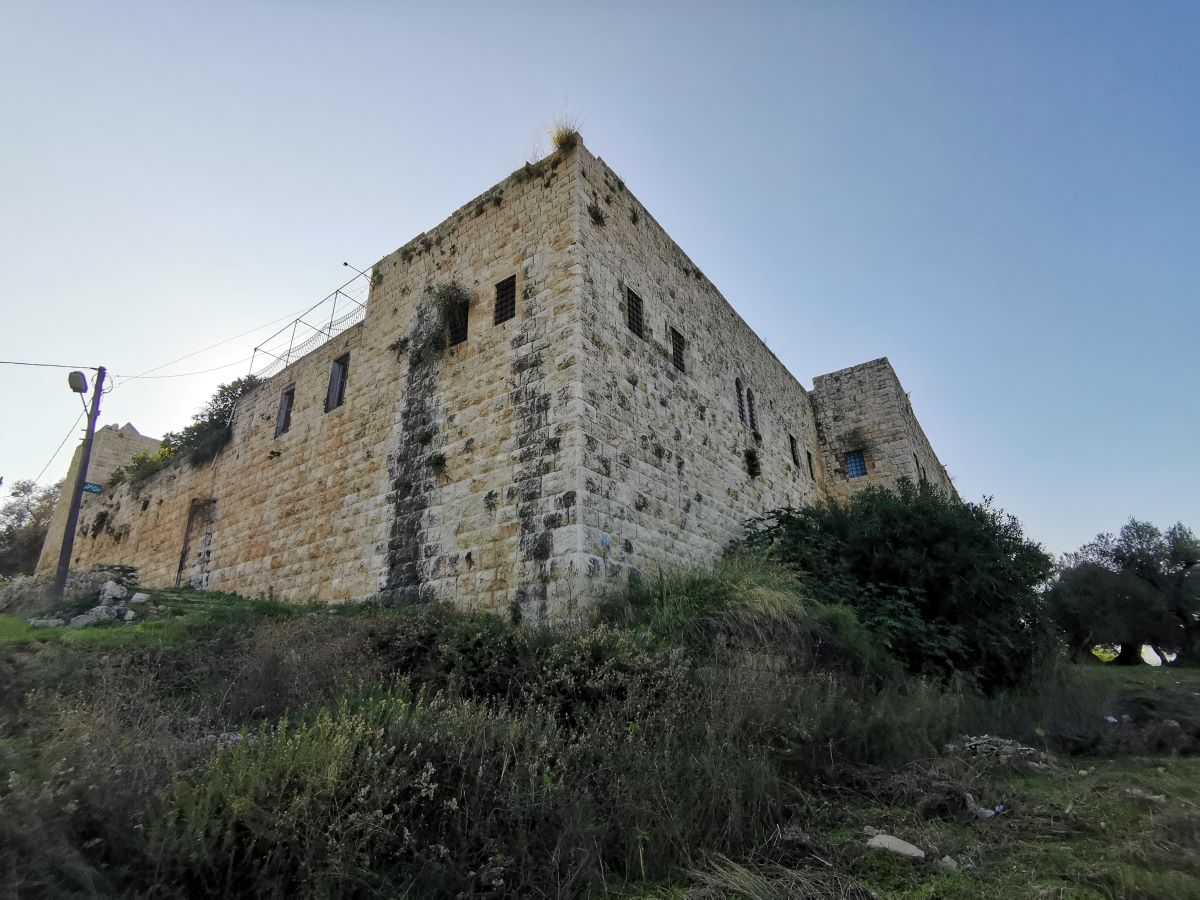Iaal village houses a beautiful fortress that dates back to the 19th century, locally known as the Citadel of Agha Barbar.
Mustafa Barbar Agha
Mustafa Barbar Bin Hassan Barbar Zadeh al-Qoreq was born in the year 1767 in Tripoli in a poor family.
Working as a farmer in his early age, he joined later the army of Emir Hasan Shihab (brother of Emir Bashir Shihab II). He later joined the Janissaries and rose through the ranks.
He was appointed by the Ottomans as the Wali (governor) of Tripoli three times: 1797-1810, 1810-1820, and 1821-1833. Thus, he took the title of Agha – the master, being an Ottoman honorific title given to military or civilian officers.
Mustafa Barbar undertook the restoration of the Citadel of Saint-Gilles in Tripoli, and built for himself a Serail (palace) at Iaal, a village to the east of Tripoli as his summer residence.
He was known for being harsh and ruthless, and often resided at his Iaal Serail to stay away from Tripoli.
Under Egyptian rule (1831-1840), Mustafa Barbar was removed from office as Wali of Tripoli in 1833, and was allowed to keep his Seail at Iaal where he was burried in the year 1835 following a heart attack.
Serail
The Serail of Mustafa Barbar Agha was constructed between 1812 and 1816.
Exterior
Built from local yellow and white limestone, the Serail is a rectangular, two-story massive structure that covers an area of approx 5500 square meters, surrounded by extensive olive trees plantations.
From the northern side, the Serial is accessible through an arched gate, connected to a long staircase that lead the visitors to the main entrance.
It is defended by 5 to 10 meters height-thick defensive walls and towers, where some machicolation and arched windows can still be noticed.
Interior
The first floor include a series of facilities, rooms and spaces for several purposes: the governor and his wives’ private rooms, three kitchens, a women’s hall, a stable, as well as storage rooms, wells and the military barracks.
Moreover, the first level has a prison, as well as the tomb of Barbar Agha, his descendants and loyal men.
The second floor was the summer headquarters of the Wilaya of Tripoli.
Many of the rooms and floors are arched and vaulted, and are connected by stone staircases.
The massive Serail that resembles a citadel, fell in decay after the death of Mustafa Agha and is in need today of massive restoration works.
In 1966, the citadel was inscribed as a protected monument by the General Directorate of Antiquity.
Karim Sokhn
Tour Operator & Tour Guide
References:
http://arab-ency.com.sy/artifacts/detail/166273








